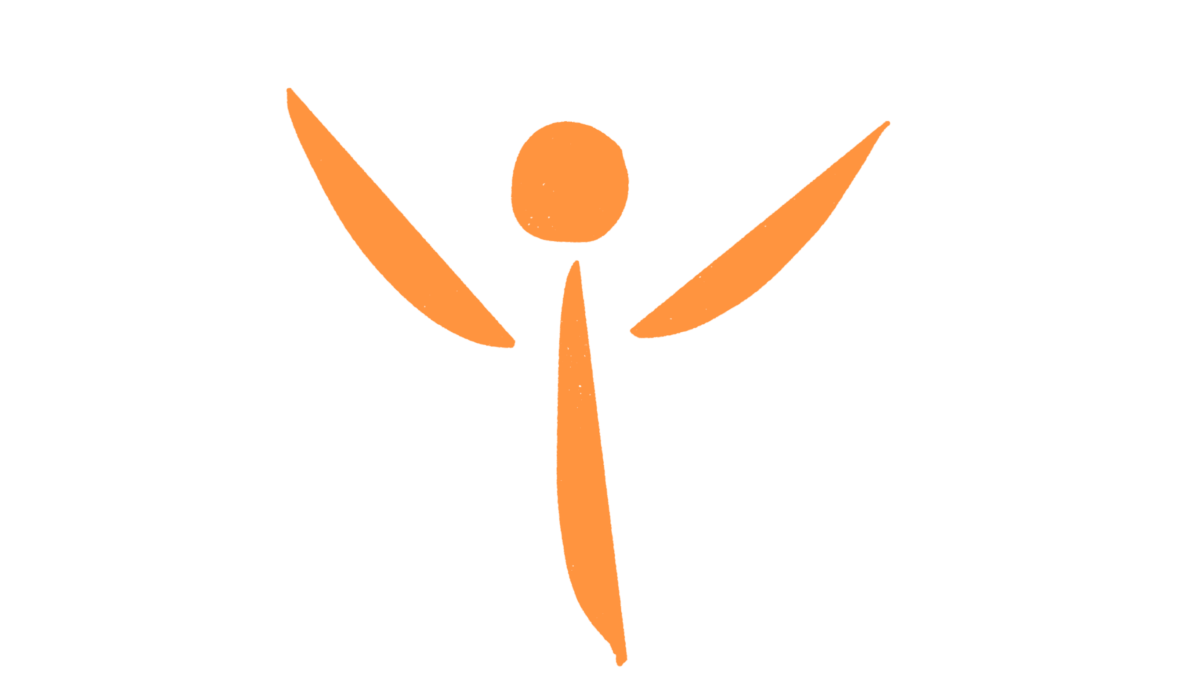
Points of view are interesting, in that we defend them sometimes as if our life was depending on that point of view being the absolute ‘truth’.
What’s going on?
Well in the picture above, Black Beret on the left has a belief and remember the definition of a belief as (a lens through which we perceive reality) that there are Four, that’s what he believes, backed up by what he sees, the ‘evidence’. Oh and of course he has the common belief we all have, ‘I am right’. Now look at the perspective (point of view) that No Beret (his brother 🙂 ) holds. His belief, his lens, tells him there are Three and he has the ‘evidence’ to back it up and of course he has the belief ‘I am right’ also. Oh dear!
It would actually all be fine if our brains did not care about disagreement and just played “yeah whatever” and sometimes it does.
It just does not care!

And sometimes it does!

What is making the difference?
Caring.. If I am invested in the point of view and by that I mean, it is important for me, it means something to me.
There is something else however:-
When you disagree with me, my brain perceives that as an attack, a threat.
Then, what happens? I will cover this in much more detail in a future post, for now though, just be aware of how the brain developed. I will use the concept of the Triune Brain proposed by Neurologist Dr Paul Maclean, for simplicity here (you will find, not all Neurologists hold the same point of view as Paul 🙂 ) However it is useful to talk briefly about what is going on when there is disagreement.

At a simple level, the reptilian brain ‘perceives’ the disagreement as an attack, (and by the way in any situation, this part of the brain gets control first, to keep us safe). The amygdala then, get control and put the brain in fight / flight/ freeze mode. This releases Adrenalin (to prepare us for the ‘fight’) the rational brain (pre-frontal Cortex) is also shut down, so we do not have access to superior executive powers of thinking. All that is ‘running’ in the Brain is “my life is in danger – I must win this fight!!” And by the way we also cease to listen to what the others are saying, we are just listening for a gap to get our point of view articulated more! Sometimes we don’t even wait for the gap, we just talk and nobody’s listening !! That I’m sure, you have seen many times with points of view, in politics for example 🙂
Let me finish here with two points of view on a mountain, Ben Nevis in Scotland. Both are talking about the same mountain.
“Come on, let’s amble up this wee hill”
“No way, that’s an enormous challenge”

- How might you work with points of view differently now?
- How might you respond rather than defend or attack or both?
- Would holding differing points of view perhaps be a good time to practice the Pause?






